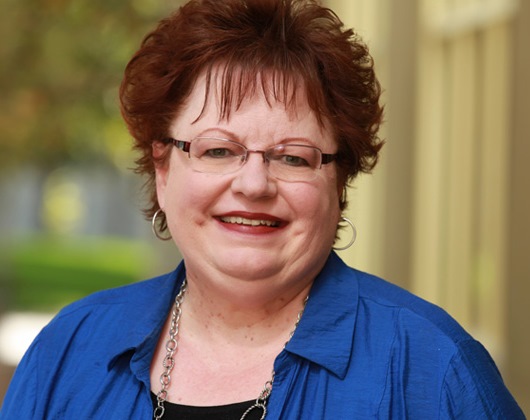You have /5 articles left.
Sign up for a free account or log in.

Maksim Kabakou © 123RF.COM
In this new feature, we're trying to create a space to discuss institutional experiments with digital technologies -- what worked, what didn't, and what other colleges can learn from the attempts. (The Online Learning Consortium's Effective Practices program has contributed initial ideas.) Send your nominations for future columns to digital.learning@insidehighered.com.
***
Institution: William Jessup University
The Problem: As the fast-growing Christian institution in California sought to create a meaningful online program virtually from scratch (it had two rudimentary digital classes) in 2013, Sande Woodson, who was hired to lead the effort, interviewed many of William Jessup's faculty members. Woodson found, she says, that "a great number of them were not in any way, shape or form in favor of doing this online thing." That's a fairly typical situation, as Inside Higher Ed's 2016 Survey of Faculty Attitudes on Technology revealed last fall, as many professors worry that the scale and scope of online programs will lead to shortcuts or lesser outcomes. Most of the reservations at William Jessup revolved around professors' questions about the rigor and quality of online courses, and doubts that the university's standard of meaningful faculty-student (and student-student) interaction could be replicated in a digital format.
The Goal: Create a course development process that quickly built the Jessup Online program while also easing faculty members' fears about losing control of their courses, lack of rigor, and diminished interaction with students.
The Experiment: Woodson, who earned a doctorate in education with a specialization in instructional design, designed a course design process that puts the professor at the center. Department chairs choose the faculty "subject matter expert" who will shape the course content. The faculty expert, with a packet of written guidelines from Woodson's team, prepares a syllabus that the chair approves. That goes to the Jessup Online group, which reviews it to ensure that course objectives are measurable and assessed in the course, that discussion questions promote critical thinking and student interaction, and that all materials are available, copyrighted, etc. (Jessup Online uses rubrics from Quality Matters, the Online Learning Consortium Scorecard, and accrediting standards.)
The instructional design team's review then goes back to the faculty expert with a "full explanation of the reasoning behind each suggestion," Woodson says, and the final syllabus is approved by the professor and the chair. "I think we've made them realize that we're only there to serve them and to help deliver their content in the best possible way."
Many professors are also wary of technical challenges, and Jessup Online has sought to simplify the university's Moodle templates and its members install the courses into the learning management system themselves, minimizing the professors' technology-related fears. And by putting new instructors through training in the "community of inquiry" model of online education, which focuses on the centrality of student/professor, student/student, and student/content interaction in digital courses, the university has calmed faculty fears that online education is impersonal.
What Worked (and Why): Philip Escamilla is among those who was won over. The chair of Jessup's humanities and social sciences division describes himself not as a skeptic but as a "willing early adopter who really didn't understand the implications" of what he was adopting. But he found early on that having to develop a full semester's worth of content up front "creates a discipline in sequencing, lesson planning, assignments and assessments" influenced how he approached course development in his face-to-face courses, he said in an interview. And while some colleagues questioned whether Jessup Online's seven-week-long courses could be as high quality as the traditional program's 14-week classes, he says those fears started to melt away when "word on the street began to be that online courses were more rigorous."
What Hasn't (and Why): A university faculty is, by definition, a diverse and idiosyncratic lot, and while Woodson says she has seen faculty support build as "one, then two, then three individuals in each department have a positive experience, you're always going to have dyed-in the-wool skepticism," she says. All she and her instructional design colleagues can do, Woodson says, is try to win over the doubters one by one.
Next Steps: Online enrollments at William Jessup are continuing to grow, as is the number of courses Jessup Online offers -- last spring there were 732 students in 45 courses, this spring 813 students in 53. (The university's total enrollment is about 1,300.) The number of undergraduate and graduate online courses Jessup has developed has grown to 100 from 74 a year ago. The trick for Jessup -- as for any institution that grows significantly -- will be to continue to maintain quality and not prove the skeptics right.





